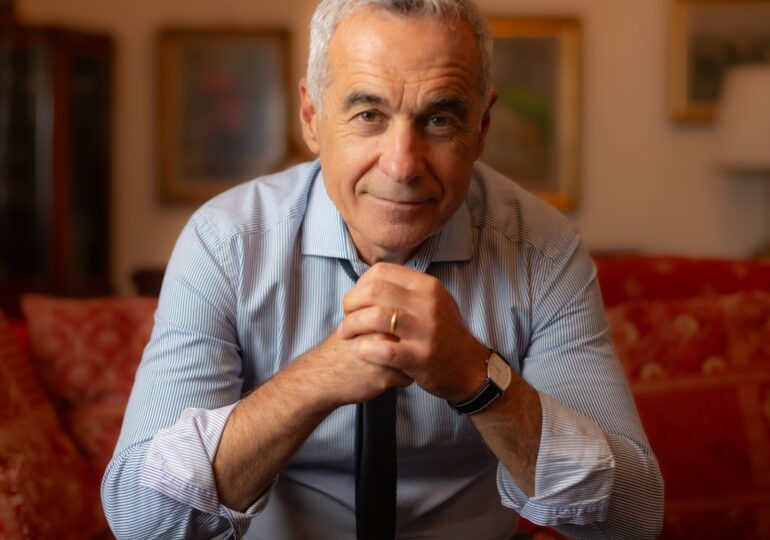A digital content expert explains the mechanisms and influence of Tik-Tok on the outcome of the first round of the presidential elections, won by independent candidate Călin Georgescu.
Cristian Bolocan says that, although there is a preconception that this platform is mainly used by young people, statistics show that the predominant audience is actually mature, over 35 years old. According to the expert, the algorithm reacts to the message that generates emotion, so the important element is the emotional aspect.
- Presidential election results: Călin Georgescu wins. Elena Lasconi advances to the 2nd round with nearly 3,000 votes over Ciolacu
- Who is Călin Georgescu, the big surprise of the elections and the role played by TikTok
"Although, paradoxically, we consider that young users are there (editor's note - on Tik-Tok), we have statistics showing that the predominant audience is rather mature, over 35 years old. This 35+ group is somehow predominant, although our preconception is that there are many young users, children, Generation Z, etc., on TikTok.
We are talking about a social network with over nine million users that has grown rapidly in the past year. At the same time, we have an interesting statistic, namely, Romanians spend over 32 hours on average per month, a huge amount of time. In a way, Tik-Tok is like a TV channel that learns what shows we like," said Cristian Bolocan on Digi24.
The expert explained that although Tik-Tok has "the most sophisticated algorithm", in reality, "fairly simple things" were exploited and "clear messages were transmitted, which allowed for their rapid viralization."
"We are talking about a vulnerability of the algorithm and, at the same time, about a fairly simple component. (...) The youth were reached by messages about change and anti-system, while the mature audience was influenced by appeals to tradition and sovereignty, and at the same time, behind this strategy, we are talking about a polarizing content strategy that led users to debate somehow in the comment sections.
All this debate that happened around these communication components led the algorithm to trigger and implicitly determine a rapid viralization, in a very short time, because the Tik-Tok algorithm looks at each video individually," Bolocan stated.
He also mentions that the TikTok algorithm works "on interest bubbles," identifying the criteria and messages to which each person reacts.
"Essentially, the algorithm reacts to the message that generates emotion. And if we know how to create messages with a great emotional impact, we manage to understand the algorithm. That is the simple rule, although essentially, the algorithm is very complex.
Of course, behind it are a series of factors that are part of this more sophisticated algorithm, but the important element is the emotional aspect. In the context where we have Generation Z, millennials, who have a different emotional stability compared to other generations, I think this was an important element in that strategy," he said.

